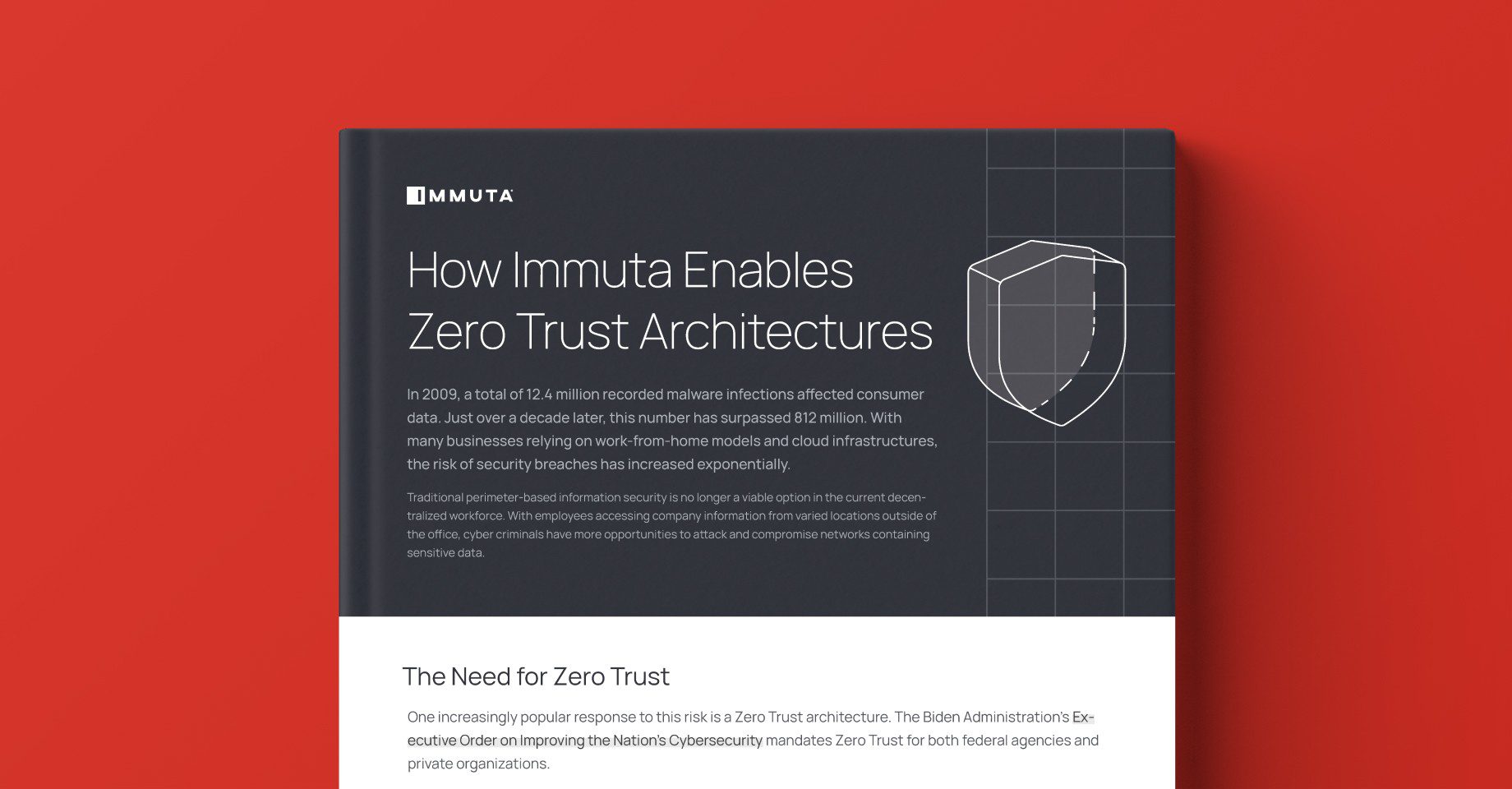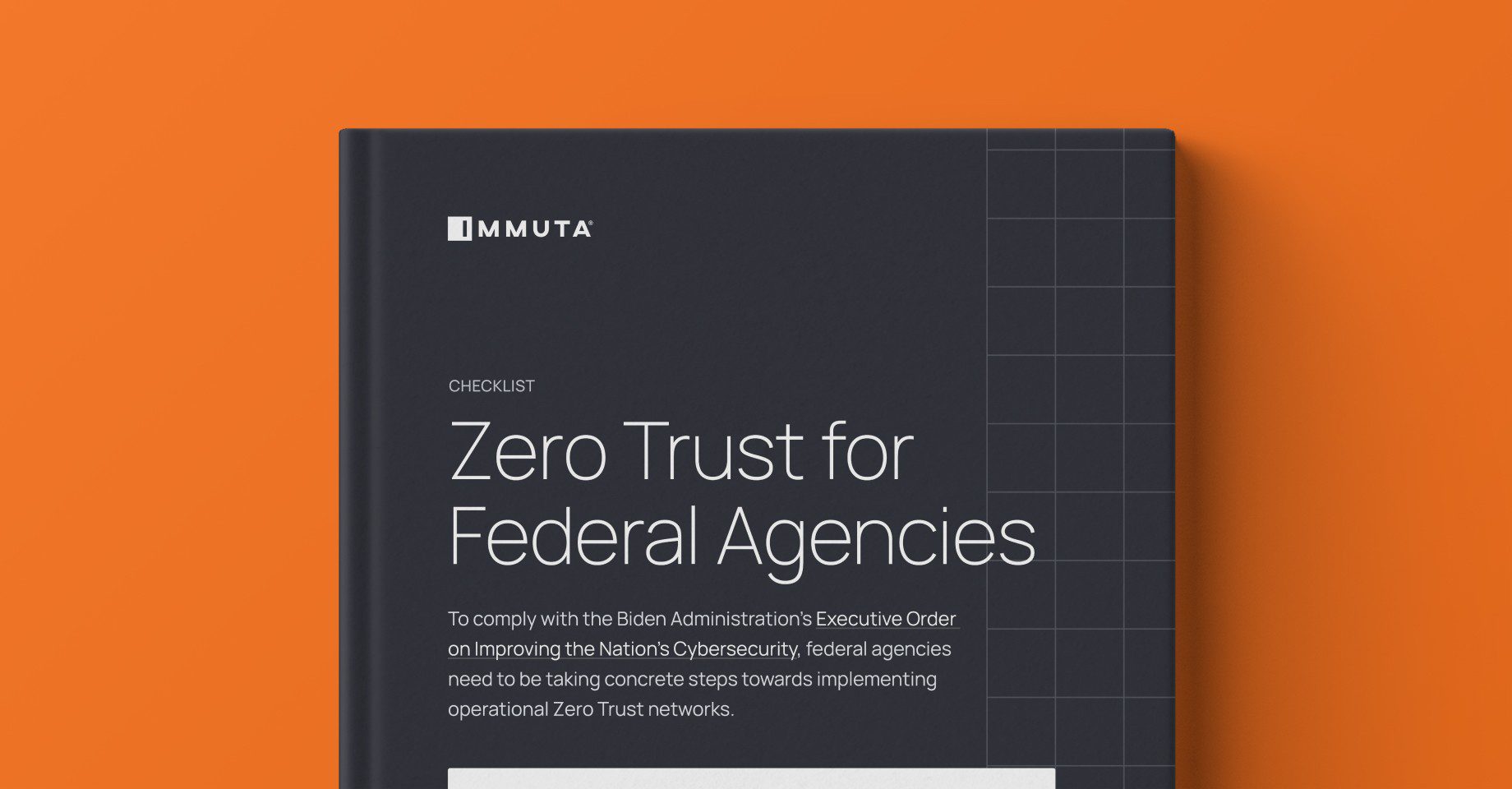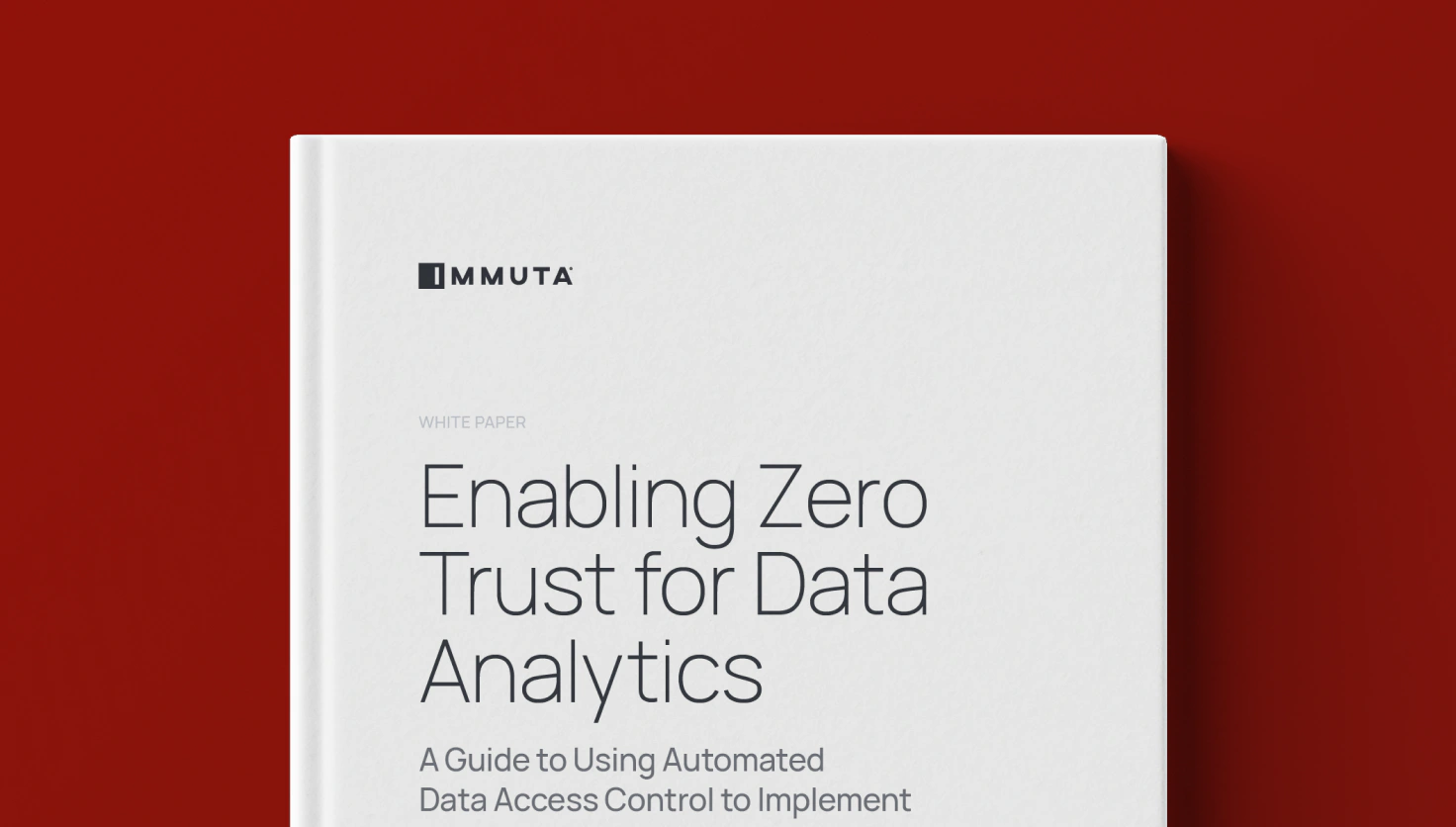
Traditional perimeter-based information security can no longer offset the safety risks posed by work-from-home models and cloud infrastructure adoption.
Zero trust architectures offer a secure solution to these threats, but can in turn slow the access to and insights from important data. With an increased federal focus on this approach to cybersecurity – as demonstrated by the zero trust executive order – there is no better time to consider optimizing zero trust.
How can you maximize both data security and efficiency in your zero trust architecture?
In this solution brief, you’ll learn:
- The importance and effectiveness of zero trust architectures
- Why a zero trust policy can potentially impede data analytics without the right capabilities
- How Immuta enables a zero trust security model without compromising accessibility

